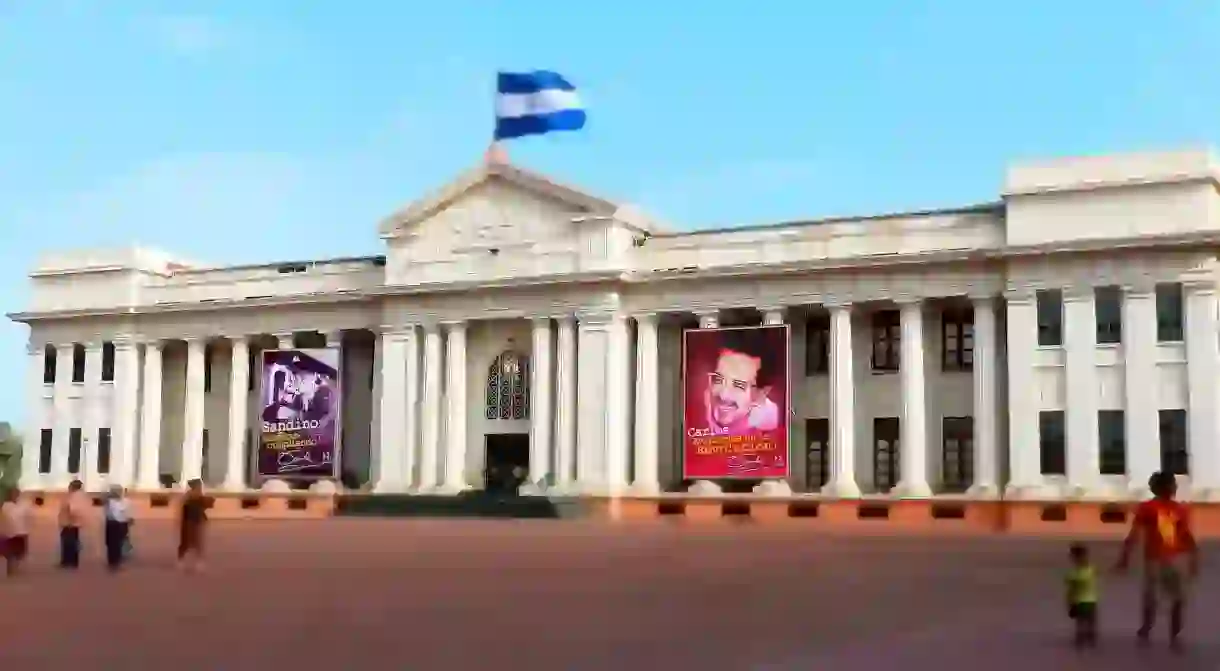The Story Behind How Nicaragua Got its Name

Central America’s largest nation has a long and interesting history, but where does its name come from? Here is the story of why Nicaragua got its name.
Who did the Spanish find in Nicaragua?
Despite the assertions of some people that much of South America was ‘discovered’ by Christopher Columbus in the 16th century, there were in fact plenty of civilisations in the region that had been in place long before the arrival of Europeans. In Nicaragua, it is one such tribe that gives the country its name.

When Columbus arrived in 1502, he found that the northern part of the country was ruled by Sumo Amerindians, the eastern part by the Miskitos, and the land around Lakes Nicaragua and Managua by agricultural tribes. The Amerindian tribe in the north was called Nicarao, and the Spanish took part of their name for the country.

Colonial history remains important today
As the conquistadors started to explore the area, they were impressed by the presence of large bodies of water in the centre of the country. As a result, they decided to combine Nicarao with ‘agua’, the Spanish word for water, and name the new territory Nicaragua.
Throughout the turmoil of the colonial period, the name stuck. It even survived the British colonisation of the eastern Mosquito Coast around Bluefields from 1655 to 1850. However the appearance of a unified country disguised a more complicated situation.

Visit the country to understand the history
The Spanish had never trully conquered the isolated Atlantic coast, which allowed the British to move in. Even after London signed the territory over to Honduras and then Nicaragua in the mid-19th century, there was little integration. To this day, it can feel as though there are two distinct countries within its borders.
Fly into Managua to explore the Pacific coast on the country’s west side and it will feel like much of the rest of Central America, but the Caribbean coast to the east is completely different. It’s worth making the journey to Bluefields to see how this part of the country has more in common with Belize than the rest of the nation.













